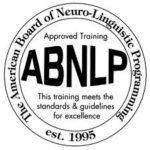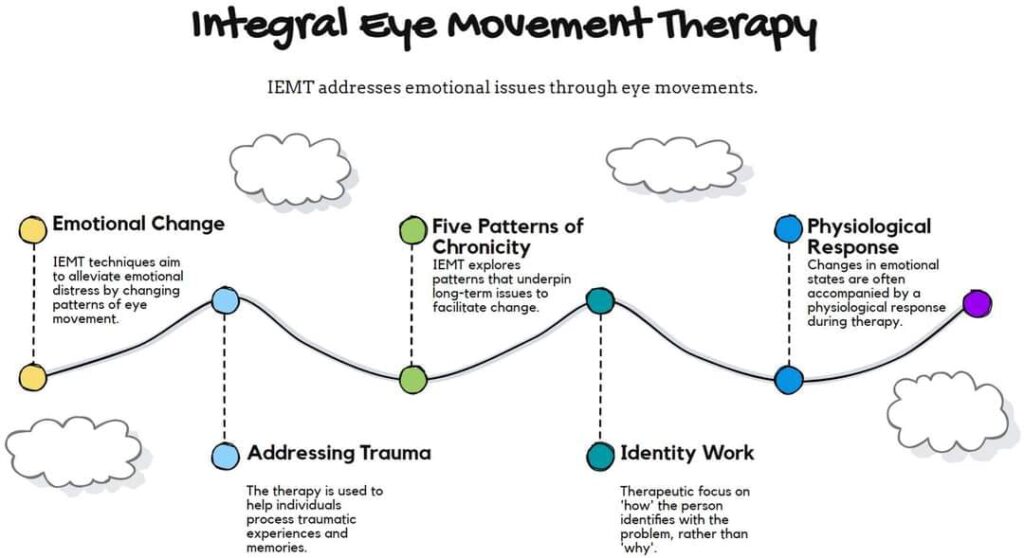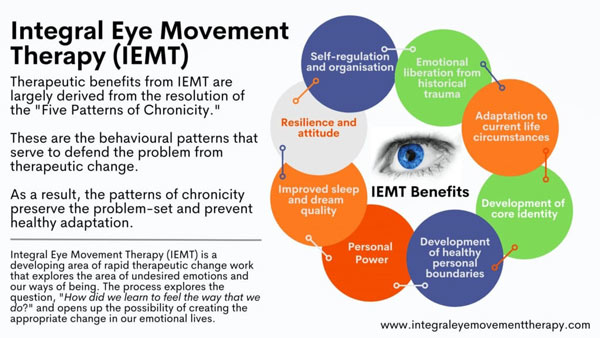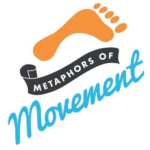PARTHA ROY partha.roy@mindvantage.in +91 9831932907
Neuro Linguistic Programming

Why Study NLP
Neuro-Linguistic Programming (NLP) is a powerful approach to personal development and communication. By studying the connection between neurological processes, language, and behavioral patterns, NLP offers tools to rewire the mind for success. Its benefits include enhanced self-awareness, improved communication skills, and the ability to overcome limiting beliefs and behaviors. NLP techniques empower individuals to set and achieve goals, manage emotions effectively, and build rapport with others. Whether in personal or professional settings, mastering NLP can lead to greater confidence, resilience, and fulfillment, enabling individuals to unlock their full potential and create positive change in their lives
Courses We offer
Foundation- 2 days Practitioner- 5 Days Masters- 10 days

Why Study IEMT
Integral Eye Movement Therapy (IEMT) was developed out of these models following the observation of a number of neurological phenomena that occur during the eye movements at the point that the problematic imagery changed its emotional coding. Then there was the development of a specific set of applications of this phenomenon that enabled IEMT to be applied to the areas of neurological imprints – specifically, emotional imprints and imprints of identity.
Emotional imprinting occurs when a person lays down a new kinaesthetic response to an experience. This teaches the person how to feel about certain things. For example, how many of us when told by the boss that he’d “like a word” in his office immediately feel like a schoolchild about to be told off. This is an emotional imprint in action.
IEMT addresses and resolves the question, “how did this person learn to feel the way they feel about the things that they feel bad about?”
Key Concepts:
Emotional Imprints: Negative emotional imprinting occurs when an event with intense emotional distress creates a painful memory, forming an emotional template for related experiences.
Identity Imprints: These evolve throughout life, influenced by neurological factors and environmental feedback. They can be stable (like gender identity) or change according to context.
Patterns of Chronicity: Behavioral patterns that defend the problem from therapeutic change, identified through linguistic analysis.
Therapeutic Approach: IEMT identifies patterns like the Three-Stage Overreaction Pattern, the Maybe Man, the Great Big “What If” Question, and others.
Courses We offer
Practitioner- 2 days Advanced- 2 Days

Metaphors Of Movement

Why Study MOM
Metaphors of Movement is the study of the symbolism and structure of autogenicmetaphors and their influence upon reasoning processes. Autogenic metaphors are the metaphors that naturally arise in the language and communication of individuals that may or may not be shared by other people. Metaphors of Movement primarily concerns itself with metaphors that indicate movement, or lack thereof, and so has its greatest application in the remedy of “stuck states.”
Level 1. The Foundation
An overview of the structure of MoM and the delivery of the change work process. Level 1 is a two-day training that equips trainees to safely practice basic content-free MoM sessions for remedial change work purposes.
(a). Introduction to The MoM Process
- Full outline of the MoM process and session structure.
- Neurological rationale for the processes.
(b). Introduction to Metaphor Taxonomy and Creating Digital Change
- The Structure of Outcomes.
- The Obstructions: external rules and values.
- The Containers: container metaphors, inherited status, families, and long-term problems.
- The Burdens: responsibilities and guilts.
- The Bubbles: beliefs and values.
Level 2. The Metaphoric Hierarchy
Level 2 is an exploration in how different metaphors logically lead to new metaphors, idioms, and similes and how these can be arranged hierarchically. The overall theme of this level is that of relationships and emotional health. Level 2 training completes the practitioner status initiated at level 1.
(a). Introduction to relationships and creating analogical and generative change
- The Elevations: status games and awkward positions.
- Relational Positions: where we stand in relation to others.
- The Fulfilments: emotional trading and transactions.
- The Hurts: emotional injury and emotional health.
(b). Symbolism and time predication in metaphor
- Dream work and dream analysis.
- Introduction to Metaphors of Time.
- Introduction to Metaphors of Business and Money.
Courses We offer
Level 1 – 2 days Level 2 – 2 days
Gestalt Therapy
Why Study GESTALT
Gestalt Therapy is a holistic approach to psychotherapy that focuses on the present moment experience of the individual, emphasizing awareness, acceptance, and personal responsibility. It explores the interconnectedness of thoughts, feelings, and behaviors within the context of the here and now. By fostering self-awareness and encouraging clients to fully experience their emotions and sensations, Gestalt Therapy helps individuals gain insight into underlying patterns and unresolved issues. Through techniques such as dialogue,Empty Chair ,Figure and Ground and creative expression, it supports clients in integrating fragmented aspects of themselves and achieving greater authenticity and wholeness. Ultimately, Gestalt Therapy promotes personal growth, self-acceptance, and meaningful change.”
Courses We offer
Associate- 2 days Masters- 6 days

